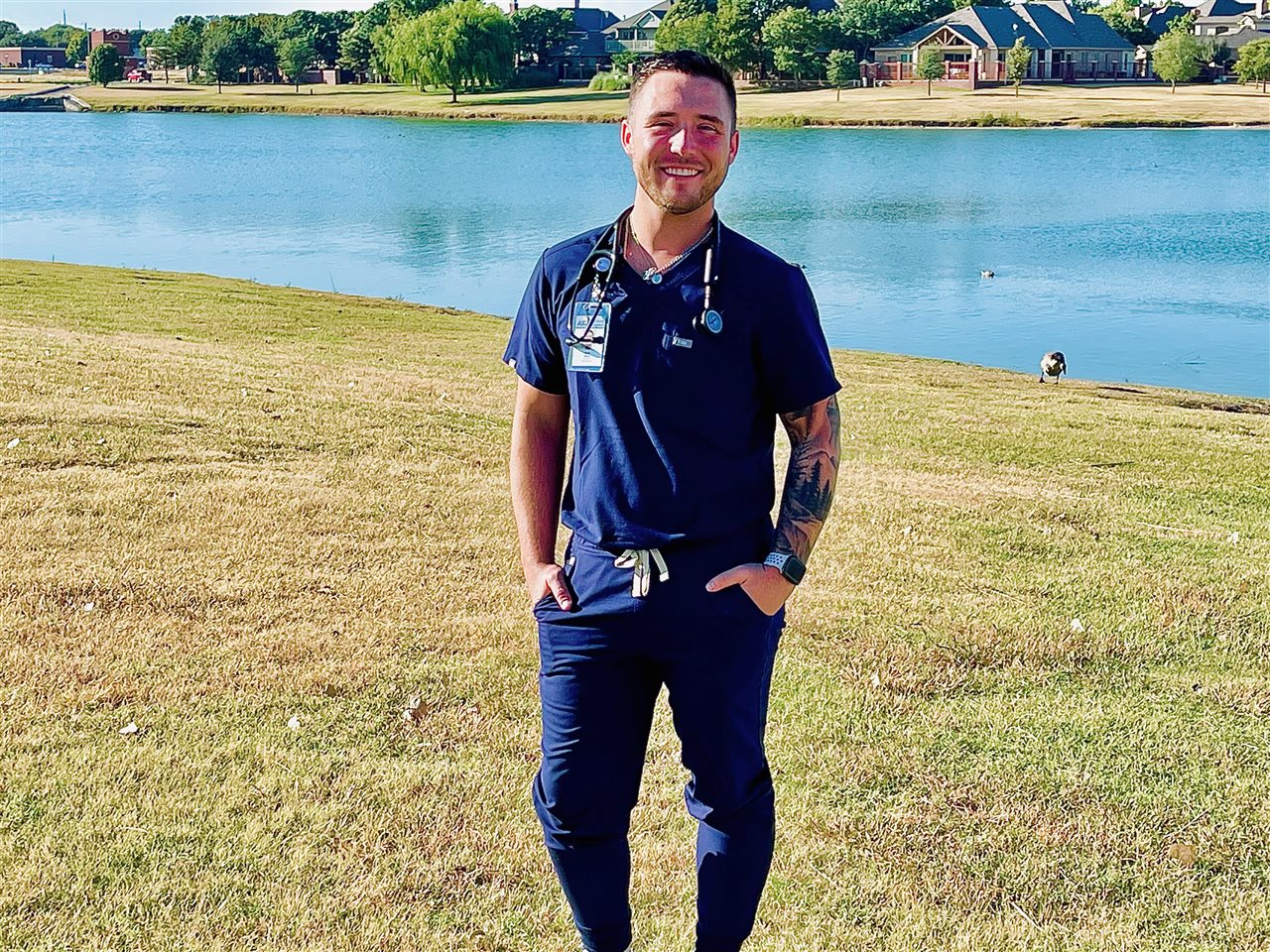Last Updated on December 17, 2023
Saving a life is one of the most heroic and compassionate acts a person can perform. One way to achieve this noble goal is by signing up for blood stem cell donation. In this article, we will explore the significance of blood stem cell donation, its life-saving potential, and how you can get involved in this altruistic endeavor.
What is Blood Stem Cell Donation?
Blood stem cell donation is a medical procedure that involves collecting and transplanting blood stem cells to treat patients with life-threatening diseases, such as leukemia, lymphoma, and other blood-related disorders. These stem cells have the remarkable ability to regenerate and rebuild a patient’s immune system, offering a chance of recovery and renewed hope for those in need.
The Life-Saving Impact
For individuals battling life-threatening diseases, finding a compatible blood stem cell match is often their only chance of survival. Without this vital treatment option, their prospects may be limited, and their lives might be cut short. By becoming a blood stem cell donor, you have the incredible opportunity to offer the gift of life to someone in desperate need.
Becoming a Blood Stem Cell Donor
1. Eligibility Criteria
To become a blood stem cell donor, you must meet certain eligibility criteria. These criteria may include age restrictions, overall health requirements, and specific guidelines set by donation organizations. Don’t worry; in most cases, the criteria are straightforward, allowing a wide range of people to participate in this life-changing act.
2. Registration Process
The registration process is simple and can usually be completed online. You will need to provide some personal information and agree to be listed as a potential donor. Your information will be added to a database, and if you are a match for a patient in need, you will be contacted for further testing.
3. The Donation Procedure
If you are identified as a potential match for a patient, further testing will be conducted to ensure compatibility. If you are found to be the best match, you may be asked to donate your blood stem cells. There are two primary methods of donation:
a) Peripheral Blood Stem Cell (PBSC) Donation
In PBSC donation, the blood stem cells are collected from the donor’s bloodstream. The donor receives injections for several days to increase the number of stem cells in the bloodstream, and then a special machine separates and collects the stem cells. This is a non-surgical and outpatient procedure.
b) Bone Marrow Donation
Bone marrow donation involves the extraction of stem cells from the back of the donor’s pelvic bone under general anesthesia. Although this method requires a brief hospital stay, it is a safe and well-established procedure.
4. The Impact of Your Donation
Once you’ve completed the donation process, the collected blood stem cells will be given to the patient in need. Your selfless act can potentially save a life, providing the recipient with renewed hope and a chance to overcome their illness.
By signing up for blood stem cell donation, you can make a profound difference in the lives of those battling life-threatening diseases. Your willingness to help and your dedication to saving lives make you a hero. Embrace the opportunity to be proud of the impact you can create by giving someone a chance at life through this remarkable act of kindness.
Embracing the Be The Match Registry is an effortless endeavor. After enrolling online, you shall be dispatched a swab kit, which, in turn, you are to duly return via mail. Throughout the process, the tenets of respecting pronouns and gender identity are meticulously upheld.
As one enlists in the registry, inquiries about their sexual orientation remain conspicuously absent. However, should you emerge as a suitable match for a patient, you shall be obliged to complete a health history questionnaire mandated by the FDA. This questionnaire does encompass inquiries regarding sexual behavior.
This year, revel in the essence of Pride by paying a visit to BeTheMatch.com/Pride. Therein, you shall gain profound insights into the enrollment procedure and the intricacies of blood stem cell donation. Your robust blood stem cells harbor the potential to bestow a cure upon an individual grappling with blood cancer or other perilous ailments.
FAQs (Frequently Asked Questions)
- Q: Does blood stem cell donation cause any health risks to the donor? A: The donation process is generally safe and well-regulated. Donors may experience some discomfort during the PBSC donation due to the injections, but these are temporary and mild.
- Q: How long does it take to recover after donating bone marrow? A: The recovery period after bone marrow donation typically lasts a few days. Donors may experience some soreness at the donation site, but it subsides quickly.
- Q: Can I back out after registering as a potential donor? A: Yes, you can withdraw your registration at any time before being identified as a match for a patient. There is no obligation to proceed with donation if you change your mind.
- Q: Are there any costs involved in becoming a blood stem cell donor? A: No, registering as a potential blood stem cell donor is free. If you are identified as a match and proceed with donation, all expenses related to the procedure will be covered by the patient’s medical insurance.
- Q: Can I donate blood stem cells multiple times? A: Yes, in some cases, donors may be asked to donate again if they are found to be a match for another patient in the future. However, the frequency of donation is subject to medical evaluations.








